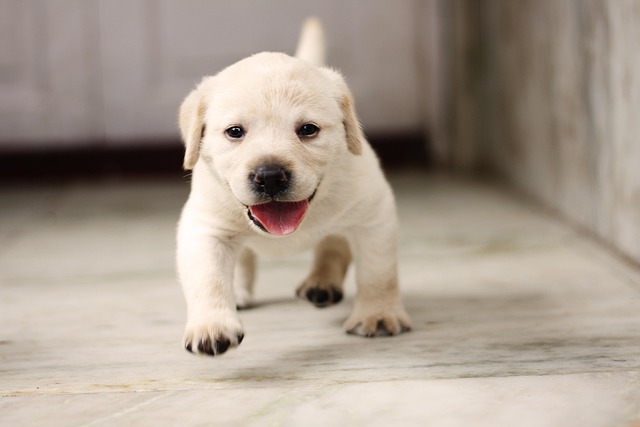
How do i train my dog to be obedient?
Watching your dog dart across the park ignoring your calls isn’t just frustrating—it can put them at risk near busy streets or public spaces.
Indoor bathroom training isn’t just a convenience—it’s a practical solution for city dwellers, bad weather days, or dogs with mobility issues. But nailing it takes more than just setting out a pad and hoping for the best. It’s about creating a system that works with your dog’s instincts, fits your daily rhythm, and stays on the right side of local regulations.
Picking the right spot matters more than you might think. Most cities across Europe and North America have strict rules about pet waste, even indoors—so skip high-traffic areas like living rooms where accidents could go unnoticed. A quiet corner of the laundry room or a sectioned-off part of the kitchen works best; tile floors clean up easier than carpets, and keeping the space consistent helps your dog build a routine. Some owners swear by puppy pads, but check local regulations first—certain areas classify unused pads as household waste, while soiled ones might need special disposal.
Timing is everything when teaching a dog to use the bathroom inside. Start by syncing their schedule with yours: take them to the designated spot right after waking up, eating, or playing—these are prime times for nature calls. Puppies under six months can’t hold it long, so set a timer for every 2–3 hours. When they go, celebrate like it’s a big win: enthusiastic praise, a tiny treat, maybe even a quick game. Positive reinforcement sticks way better than scolding if they mess up elsewhere.
 Consistency in setup helps your dog understand the “bathroom zone.” Many owners use a plastic tray lined with absorbent pads, but some opt for artificial grass mats that mimic outdoor surfaces—great for dogs confused by indoor vs. outdoor rules. Avoid moving the setup once they start getting it; dogs thrive on predictability. If you live in an apartment with strict pet policies, mention your training plan to the landlord—transparency can prevent issues later.
Consistency in setup helps your dog understand the “bathroom zone.” Many owners use a plastic tray lined with absorbent pads, but some opt for artificial grass mats that mimic outdoor surfaces—great for dogs confused by indoor vs. outdoor rules. Avoid moving the setup once they start getting it; dogs thrive on predictability. If you live in an apartment with strict pet policies, mention your training plan to the landlord—transparency can prevent issues later.
Mistakes will happen, especially in the first few weeks. When you catch them mid-accident, calmly redirect them to the designated spot—yelling or punishing only makes them scared to go in front of you, which complicates training. Clean up accidents thoroughly with an enzymatic cleaner; regular soap leaves traces dogs can smell, encouraging them to revisit the same spot. If accidents happen daily after a month, check if the schedule needs adjusting or if they’re stressed by changes like a new work routine.
As they get older, gradually extend the time between bathroom breaks. Adult dogs can typically hold it for 6–8 hours, but never leave them alone longer than that if you’re relying on indoor bathroom spots. Some owners phase out pads once their dog is reliable, switching to outdoor walks for most needs—just keep the indoor setup as a backup for bad weather or emergencies. Remember, every dog learns at their own pace; small breeds often take longer than larger ones, so patience pays off.
Finally, brush up on local laws. In places like Germany, pet owners must carry waste bags even for indoor-trained dogs, and some cities in Canada require registering trained indoor bathroom setups. Knowing the rules keeps you compliant and avoids fines. At the end of the day, successful indoor bathroom training is about trust—your dog learns to rely on your cues, and you learn to read theirs. It’s a team effort that makes cohabiting smoother, whether you’re in a tiny city apartment or a suburban home.

Watching your dog dart across the park ignoring your calls isn’t just frustrating—it can put them at risk near busy streets or public spaces.

New puppy owners often find themselves rushing to clean up accidents before they set in, and that’s where puppy pad training becomes a game-changer.

If you've noticed your dog's waistline disappearing and your veterinarian has mentioned those few extra pounds, your first instinct might be to simply reduce the amount of food in their bowl.

Training a dog to use a designated spot indoors isn’t as daunting as many new owners fear, but it does take consistency and an understanding of your pet’s needs.

That moment of dread on a walk is all too familiar for many new dog owners. You see another dog approaching down the sidewalk of your neighborhood

If the sight of another dog on your neighborhood walk makes your heart sink as your own dog erupts into a frenzy of barking and lunging, you're not alone.